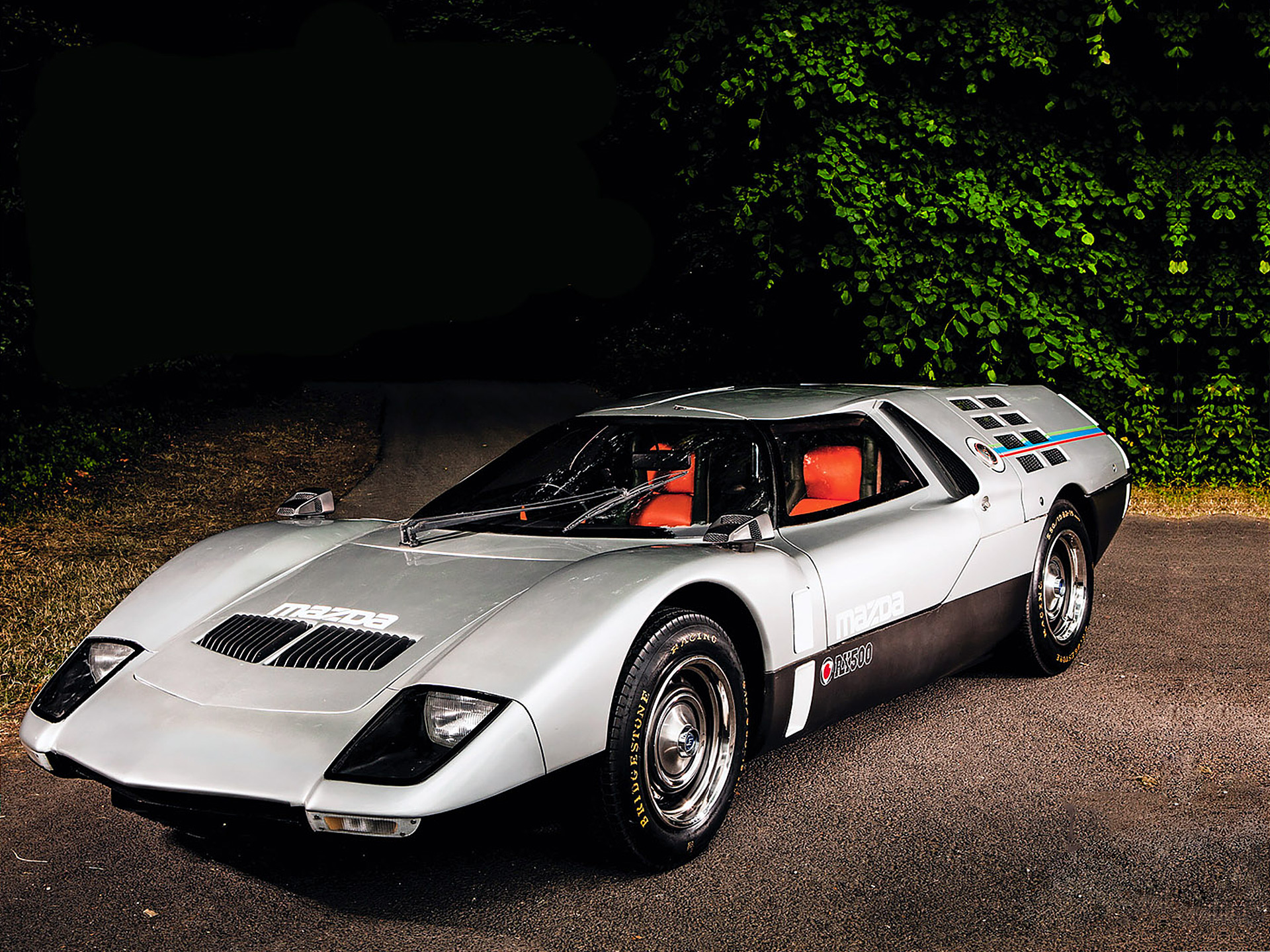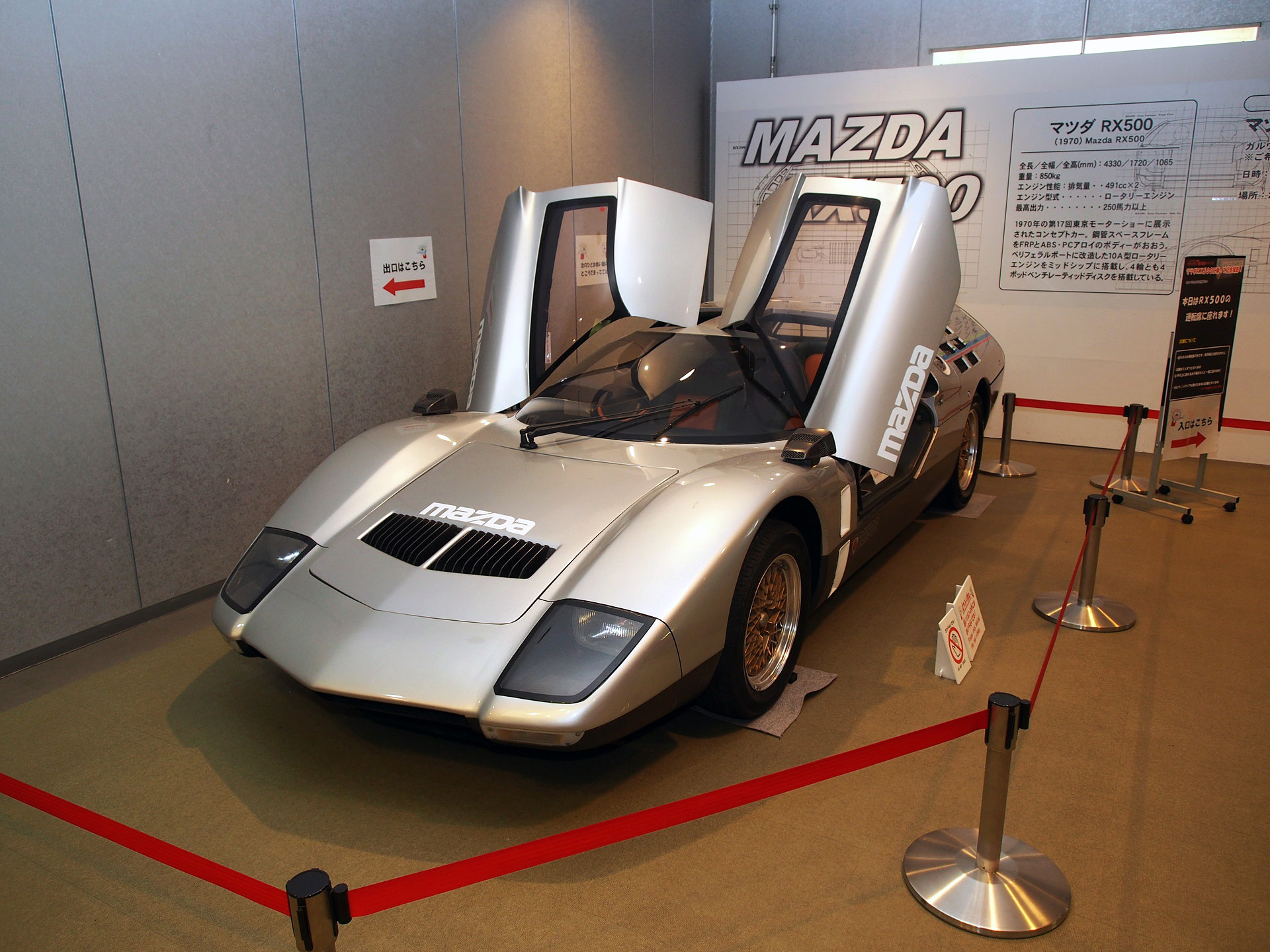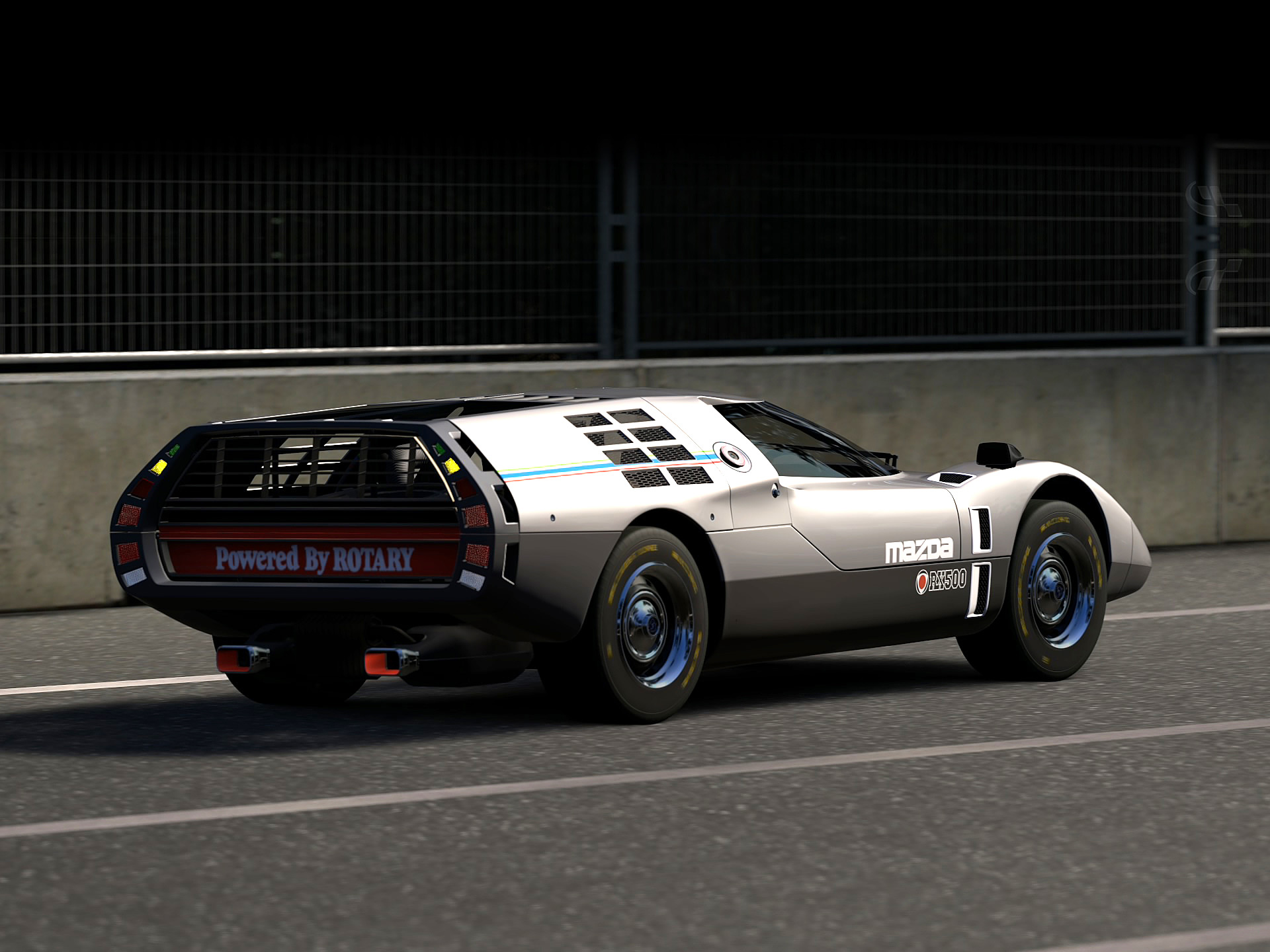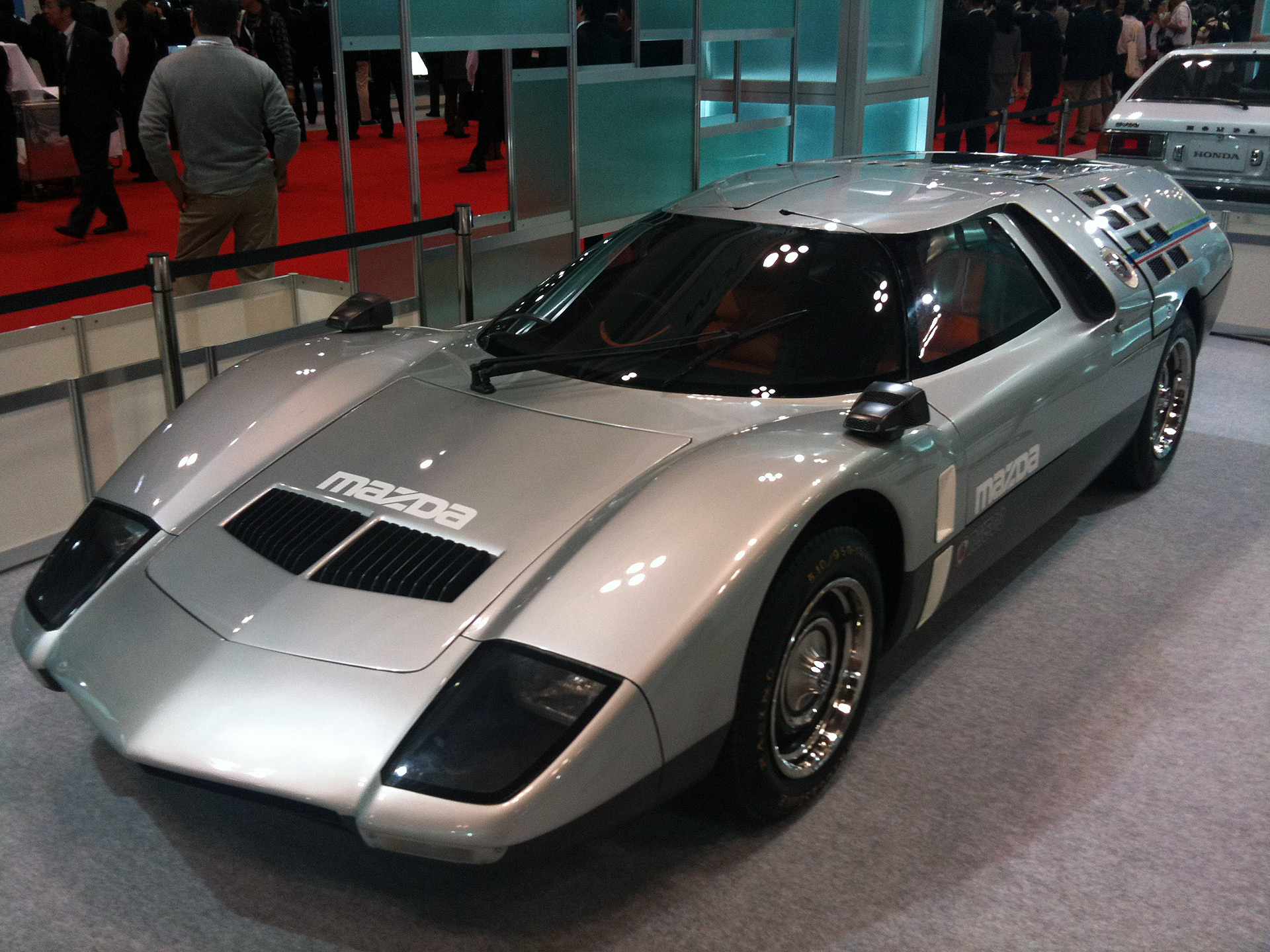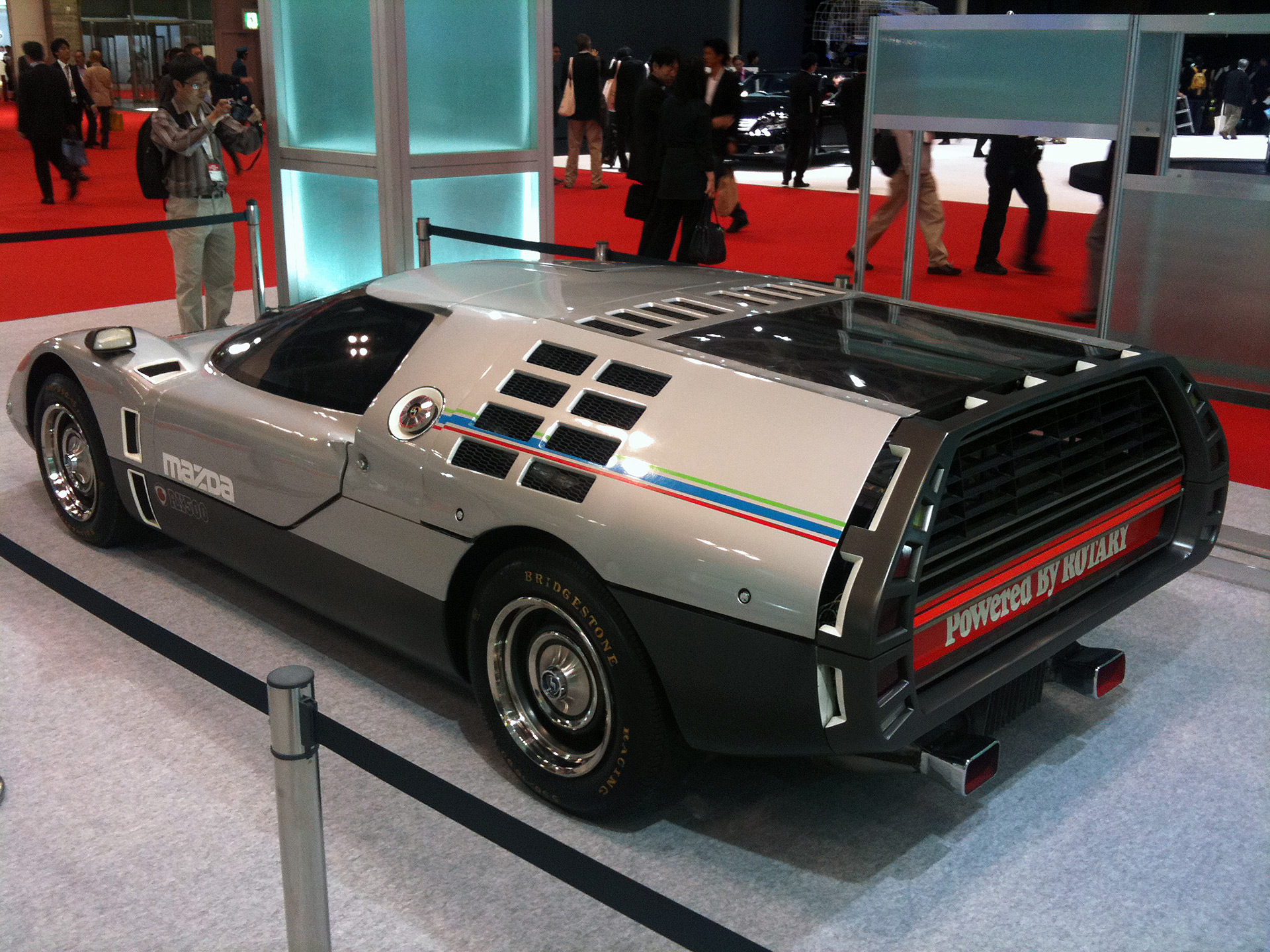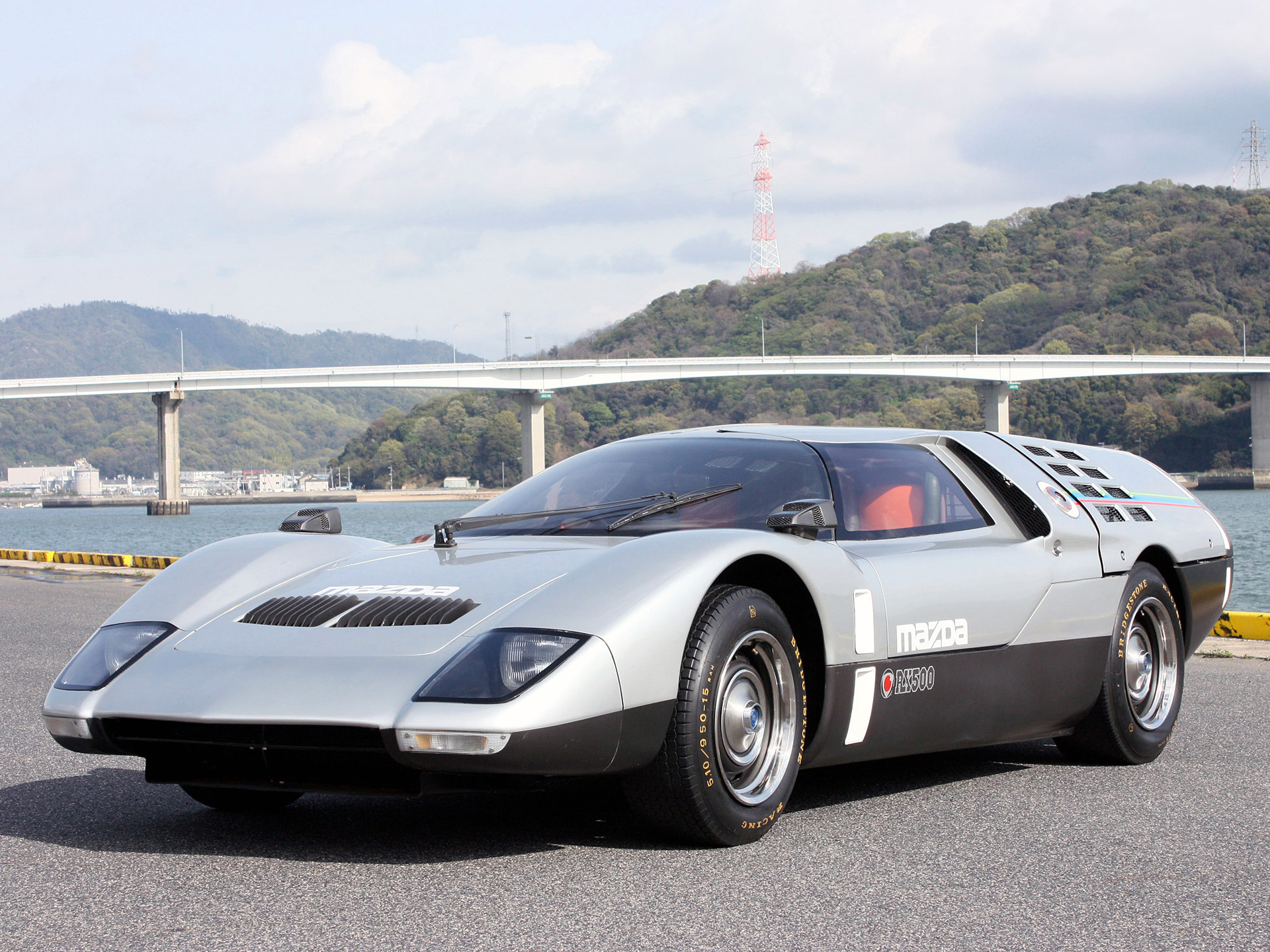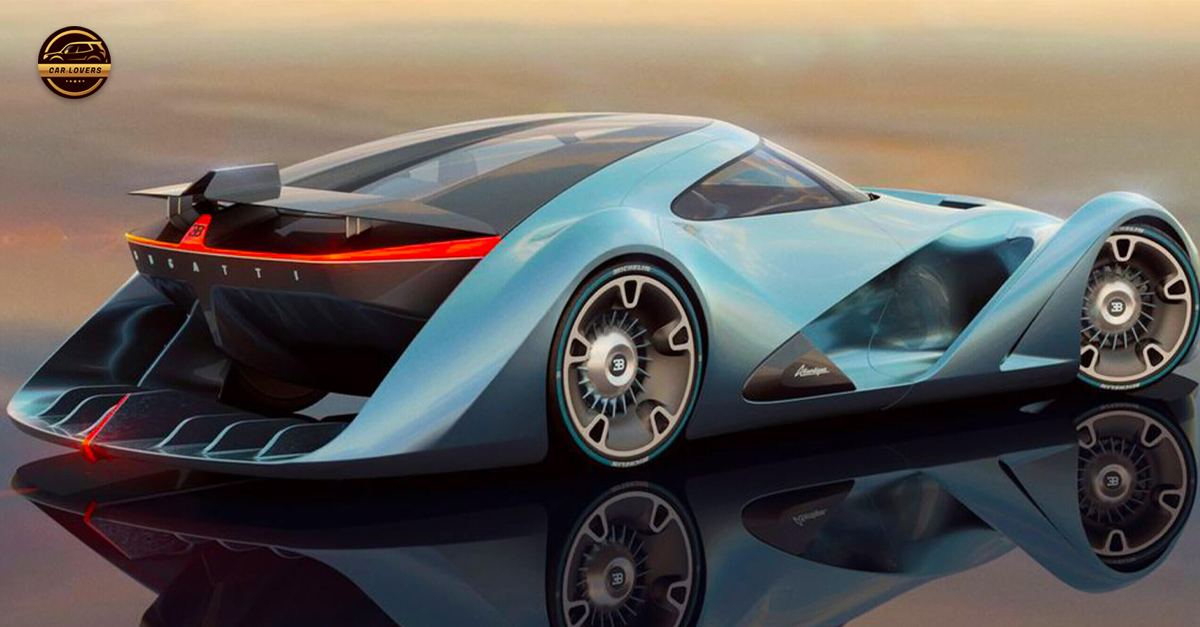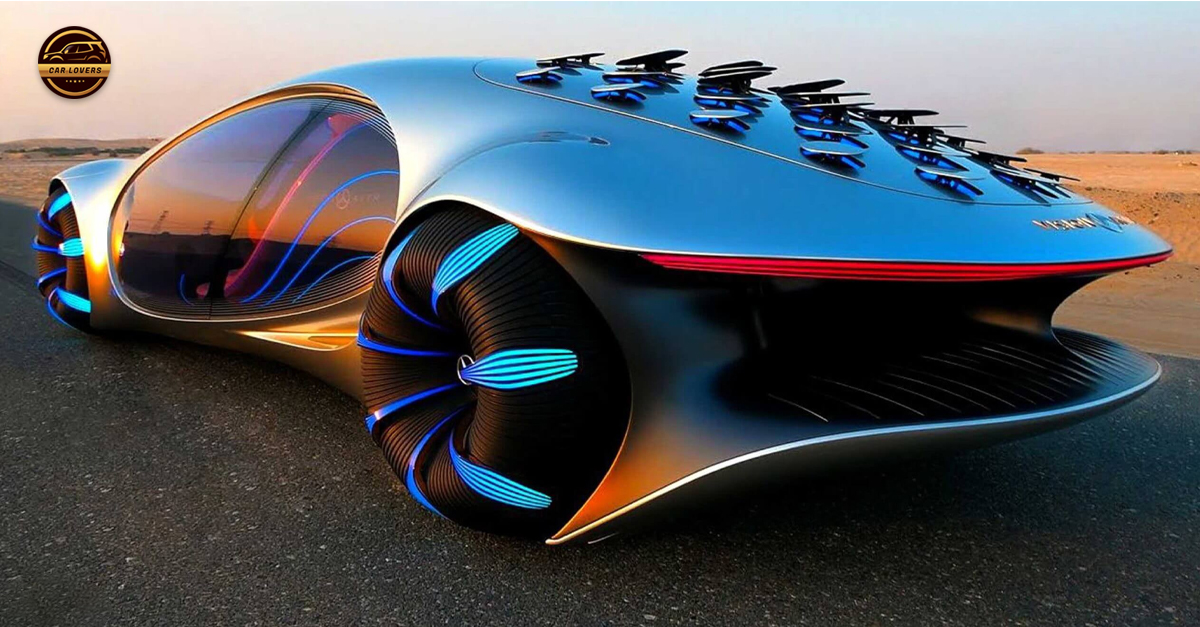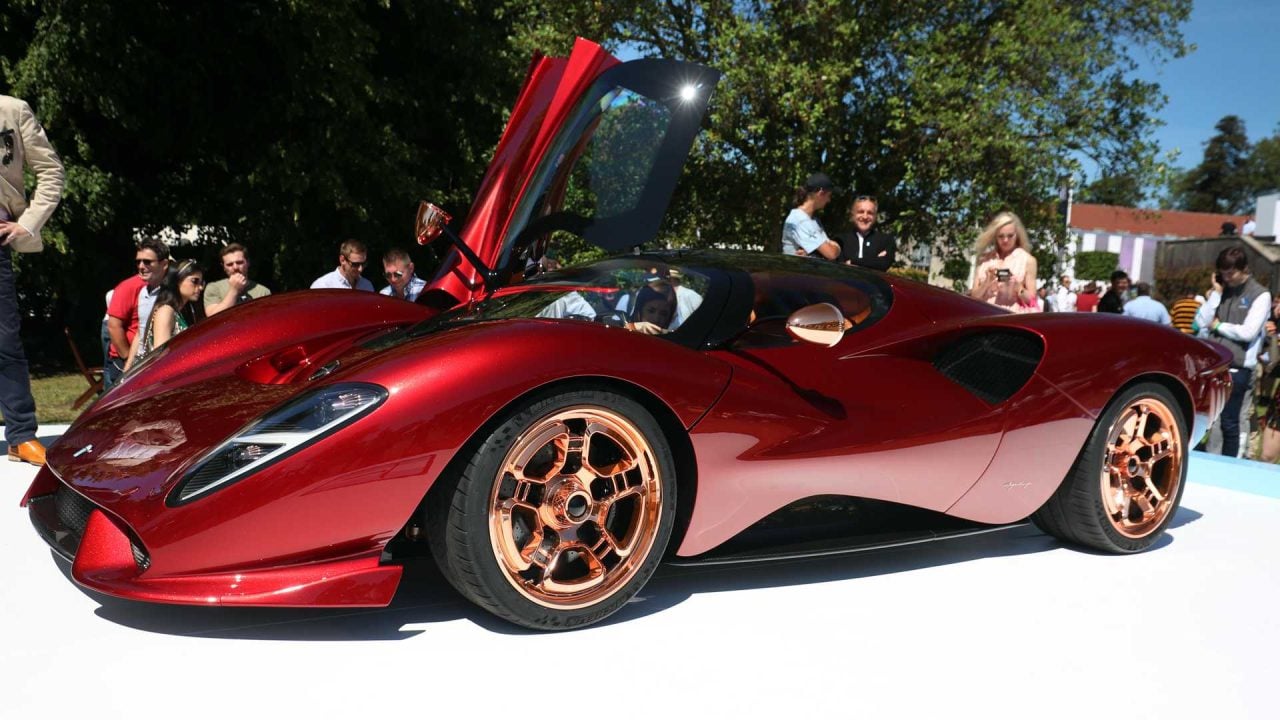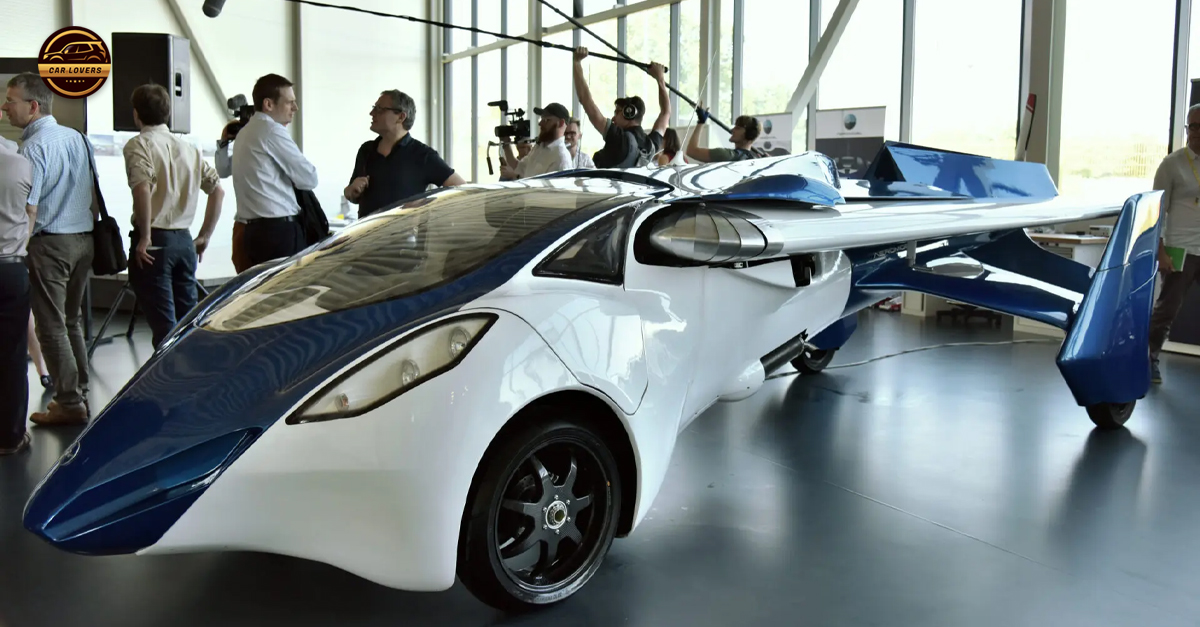In the realm of automotive history, concept cars often serve as glimpses into the future, showcasing the innovative spirit and design ambitions of their creators. The 1970 Mazda RX-500 is a prime example of this, representing a bold vision of what the future of sports cars could be.
Design and Aesthetics
The Mazda RX-500’s design is a striking departure from conventional car aesthetics of its time. Its sleek, low-slung body and aerodynamic contours were designed to minimize air resistance and maximize speed. The car features a distinctive gull-wing door design and a rear end adorned with circular tail lights that not only enhance its futuristic look but also serve a functional purpose, displaying different colors to indicate the car’s speed.
The RX-500’s body is made of lightweight fiberglass, contributing to its agility and performance. Its vibrant green and yellow color scheme further emphasizes its unique and experimental nature, making it stand out as a true concept car.
Performance and Engineering
At the heart of the RX-500 is Mazda’s pioneering rotary engine technology. The car is equipped with a 491cc 10A twin-rotor Wankel engine, capable of producing around 247 horsepower. This innovative engine design was a hallmark of Mazda’s engineering prowess, offering a high power-to-weight ratio and a smooth, high-revving performance that set it apart from conventional piston engines.
The RX-500’s performance capabilities were equally impressive. With a top speed of around 150 mph (241 km/h) and rapid acceleration, it demonstrated the potential of rotary engines in high-performance vehicles. The car’s lightweight construction and advanced aerodynamics ensured exceptional handling and stability at high speeds, making it a thrilling drive.
Legacy and Impact
While the Mazda RX-500 never entered mass production, its impact on the automotive world was significant. It served as a rolling showcase of Mazda’s technological innovations and design philosophy, capturing the imaginations of car enthusiasts and industry experts alike. The RX-500’s influence can be seen in subsequent Mazda models, particularly in the continued development and refinement of rotary engines.
Today, the RX-500 remains a beloved piece of Mazda’s heritage, celebrated for its bold design and forward-thinking engineering. It stands as a testament to the brand’s commitment to pushing the boundaries of automotive technology and design.
Conclusion
The 1970 Mazda RX-500 is a remarkable example of a concept car that truly embodied the spirit of innovation and experimentation. With its futuristic design, advanced rotary engine, and impressive performance, it showcased a vision of what sports cars could achieve. Though it never reached production, the RX-500’s legacy lives on, inspiring future generations of automotive enthusiasts and engineers.
